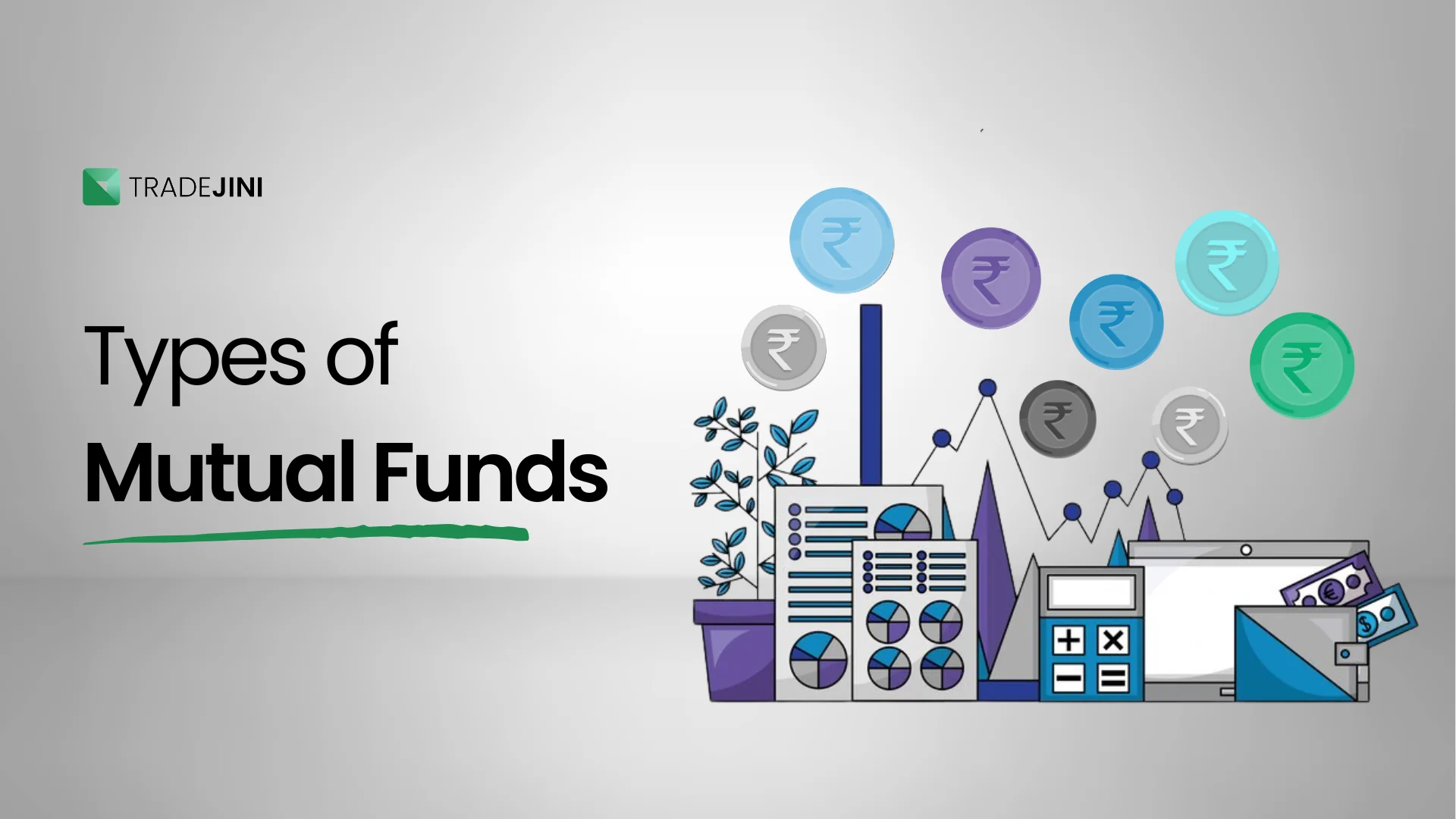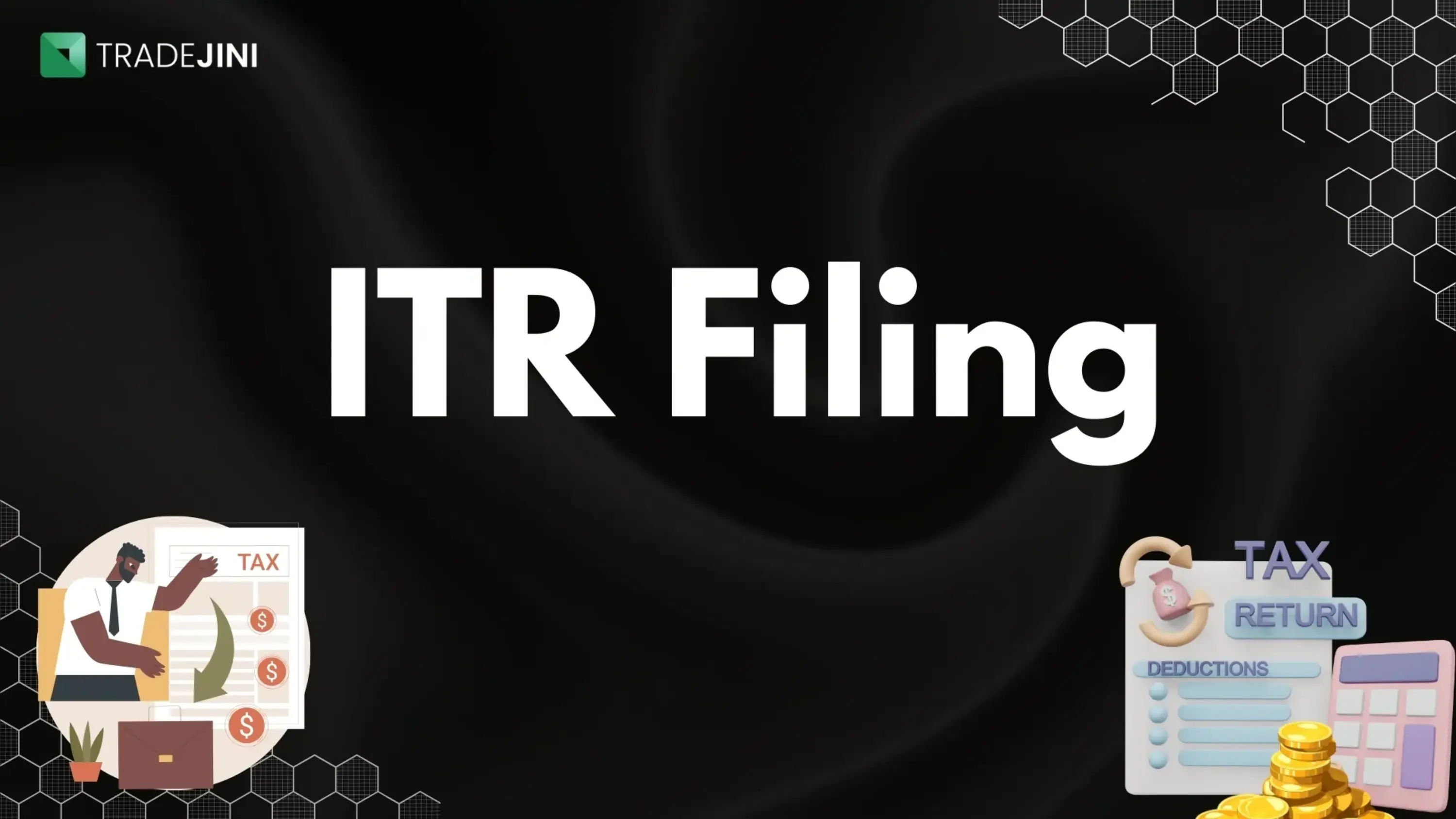Understanding Different Types of Mutual Funds

Complete Guide to Types of Mutual Funds, From Equity to Debt Funds for Smart Investing
Investing in mutual funds may very well be one of the simplest and most efficient ways for individuals to diversify their portfolios. With so many options available, it can be overwhelming to know where to start.
Different types of mutual funds can be classified based on factors such as asset class, investment objectives, risk profile, and strategy. Depending on your goals, you may need a fund focused on potential growth, income, or a healthy balance of both. Understanding the different types of mutual funds can help you make informed decisions that align with your financial goals. This guide breaks down the major variety of mutual funds scheme and their features to help you find the best fit for your investment needs.

Asset Class
Equity Mutual Funds
Investment Objective: These funds invest primarily in stocks or equities and aim for capital appreciation over time.
Types of Mutual Funds
-
Large-Cap Funds: Funds that invest in large-cap companies are referred to as large-cap funds. Large-cap companies are defined by the Securities and Exchange Board of India (SEBI) and typically include the top 100 companies by market capitalization in India.
-
Mid-Cap Funds: Mid-cap funds focus on investing in companies classified as medium-sized by SEBI. This classification of equity mutual funds that invest at least 65% of their assets in companies ranked between 101 and 250 by market capitalization. Mid-cap funds aim to capitalize on growth opportunities, but they come with higher risks due to the volatility of mid-sized companies.
-
Small-Cap Funds: Small-cap funds are equity mutual funds that invest at least 65% of their assets in small companies ranked 251 and below by market capitalization. These funds target smaller companies with growth potential, but they come with a higher degree of volatility. As a result, they should be approached with a consideration of both risk and reward.
-
Sector Mutual Funds: Sector funds are those types of mutual funds that focuses on investing in a single industry, such as technology, healthcare, or energy. Thematic funds also invest in a specific theme or trend, like technology or green energy, but they may span multiple sectors. These funds are actively managed to take advantage of long-term trends, though they carry higher risk due to their concentrated exposure.
Index Funds:
In contrast, index funds are passive funds that aim to mirror the performance of a specific market index, such as the Nifty or Sensex. They buy the same stocks in the same proportions as the index, which means they typically have lower costs and less risk compared to thematic mutual funds.
Fixed-Income: Debt (Bond) Mutual Funds

Different Types of Debt Mutual Funds:
-
Government Bond Fund: Invests in bonds that are issued by the government.
-
Corporate Bond Fund: invests in bonds that are issued by companies.
-
Municipal Bond Funds: Invest in bonds issued by the state or local governments.
-
Short-term funds: Invest in short-duration debt instruments, typically with lower risk and returns.
-
Long-term funds: Long-term mutual funds focus on long-term investments, typically with a horizon of five years or more, offering a consistent stream of returns over time.
Hybrid (Balanced) Mutual Funds

Types of Hybrid Funds:
-
Balanced Funds: These funds maintain a fixed ratio of stocks and bonds.
-
Aggressive Hybrid Funds: These funds have a higher allocation to equity to maximize growth.
-
Conservative Hybrid Funds: These funds focus more on bonds to provide stability and income.
-
Dynamic Asset Allocation Funds: These funds adjust the equity and debt allocation based on market conditions.
-
Multi-Asset Allocation Funds: These funds combine equity, debt, gold, and other asset classes.
Money Market Funds
This is one of the types of mutual funds where one can invest almost entirely in low-risk instruments with a maturity period of up to one year. These funds typically invest in Treasury bills, commercial paper, and certificates of deposit.
Investment Strategies
Active Funds:
These funds are managed by professionals who analyze the market and decide where to invest to outperform it. Due to their active management, these funds tend to charge higher fees.
Centrally Managed Funds (Index Funds):
Index funds track specific market indices and replicate their performance. They tend to have lower fees than actively managed funds.
Risk Profiles
High-Risk Funds:
These types of mutual funds focus on high-growth potential and often come with high volatility, such as equity mutual funds and small-cap funds.
Low-Risk Funds:
Money market funds and government bond funds are examples of funds that prioritize stability and capital preservation.
Moderate-Risk Funds:
Hybrid funds and large-cap equity mutual funds offer a balance between risk and return, catering to investors seeking moderate risk.
By Geography
-
Domestic Funds: These funds invest within a single country, such as India-based mutual funds investing in Indian stocks and bonds.
-
International Funds: These funds invest in assets outside the country, providing international exposure to diversify a portfolio.
-
Global Funds: These funds invest in securities from markets around the world, offering both international and domestic exposure.
-
Regional or Country-Specific Funds: These funds invest only in companies located in a specific geographic area.
By Investment Style
-
Growth Investment Funds: Types of Mutual Funds (growth funds) focus on companies expected to grow at a faster rate than the average industry or market. These companies typically reinvest their profits for expansion rather than distributing dividends, making them attractive to investors seeking substantial long-term capital appreciation.
-
Value Investment Funds: Value funds invest in companies that are undervalued relative to their intrinsic value, often due to market conditions. These companies may not show explosive growth but tend to offer steady returns over time, making them appealing to investors seeking stability and consistent performance.
-
Blend Funds: These funds combine growth and value stocks, providing the potential for steady returns with lower risk. They are ideal for investors who want a diversified portfolio.
By Distribution Type
Income Funds:
Income funds focus on generating regular income through bonds, dividends, and other fixed-income assets. They are ideal for individuals seeking monthly income without affecting their capital.
Capital Appreciation Funds:
Long-term investments are held in capital appreciation funds, which develop in the future by investing in high-growth assets like equities in developing sectors. These types of mutual funds are not needed for those kinds of returns because the accrual of value over the long haul is what capital appreciation funds will seek.
By Expense Ratio
-
Low-cost funds: These funds are the least risky type of mutual fund and incur a significantly lower expense ratio. They are commonly associated with index funds or passively managed mutual funds.
-
High-cost funds: These funds incur a significantly higher expense ratio because of their active management. Decisions on buying, selling, and holding assets are based on thorough research and market analysis by fund managers.
Conclusion
Ultimately, mutual funds can be a vast ocean of choices from which an investor could choose a number of options depending on the individual's investment goals, preferences for risk or safety, and any investment strategies employed by him or her. There will always be a mutual fund category meant for your needs, whether you are looking towards high growth, steady income, or both. By educating yourself about the different types of mutual funds and categories of mutual fund schemes, you can make sound decisions that really meet your long-term investments. This being said, do consider risk tolerance when investing and consult your financial planner, as every investment has one's best shares.
Disclaimer: This article is for educational purposes only and does not constitute financial advice. Please consult a certified financial advisor before making any investment decisions.
_11zon.webp?alt=media&token=bd974821-aee4-43a5-b467-01d1a67a570b)
_20_11zon.webp?alt=media&token=6659b2e6-927e-42de-8375-e227e579f556)
_11zon.webp?alt=media&token=a8f3f55c-dc70-4d42-844e-6874ceff69ce)
_11zon.webp?alt=media&token=a05d2324-cace-44ed-a35f-50f9e63be9c3)
_11zon.webp?alt=media&token=14cd8f87-8add-49ce-84f1-ca07a0c52b0c)




.webp?alt=media&token=4b59ac7f-f1bc-470c-8f8b-fa057687394f)
